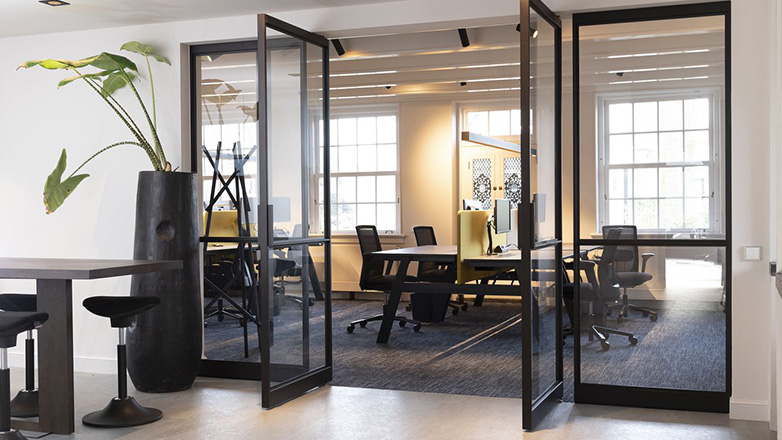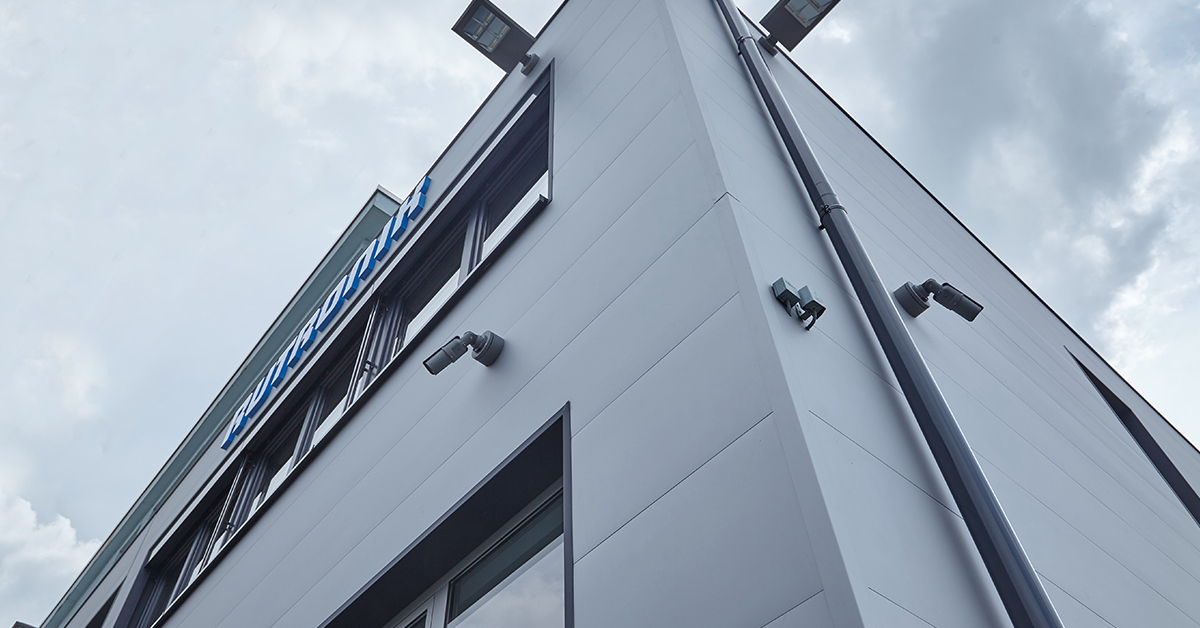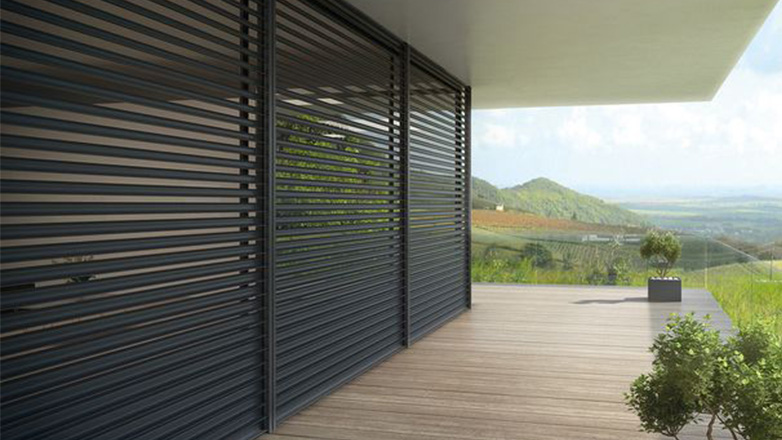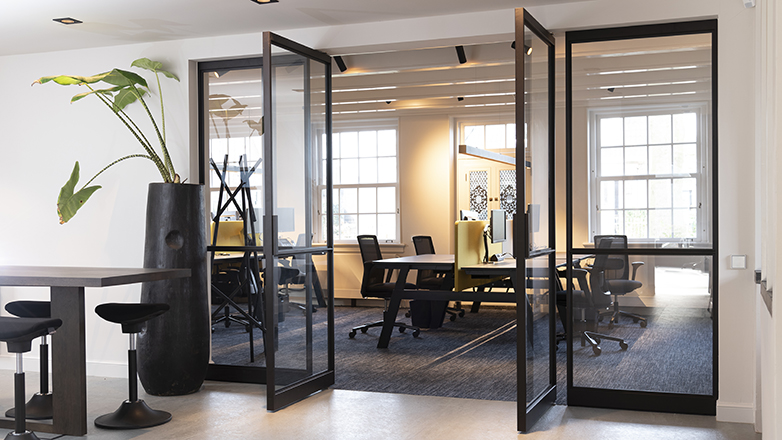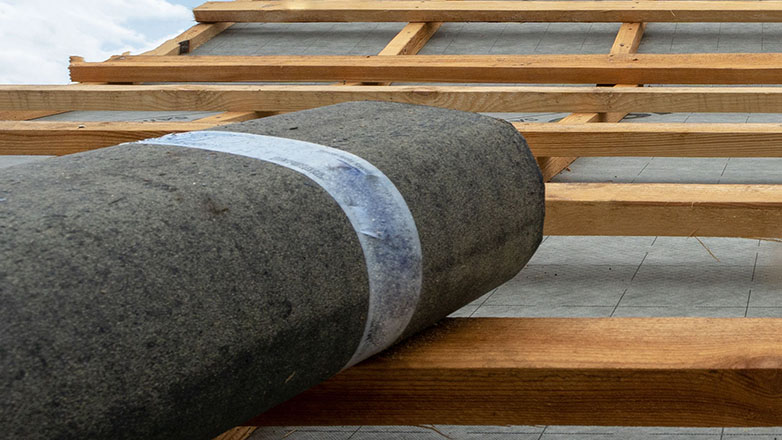These are the 3 most popular building metals
Metals are one of the most important building material groups. This is due to their mechanical properties, their good formability and the possibility of adapting them to specific requirements by alloying them. Metals occur in natural form bound in ores and are extracted by mining and open-cast mining. The ores must be prepared and refined in order to be further processed as metal. As a building material, metals can unfold their full technical and aesthetic potential when selected and presented in the right way. A wide variety of surfaces and shapes create a wide range of design options. The most popular metals in the construction industry are steel, aluminium and zinc.
Steel – the all-rounder

No metal is used more frequently in the building industry than steel. In the sector-dominant reinforced concrete construction, for façade cladding, profiles, roof coverings or bridges. Also in the form of steel cables and nets for greenery, light installations or railing constructions. Especially in industrial construction, the material that is made of iron is omnipresent. Of the metallic building materials used in construction, about 80% are steel products.
Steel is standardised in DIN EN 10020 and has been used in construction since the end of the 19th century. It is a further development of the iron construction method that originated in the late 18th century and attracted attention at the latest with the construction of the Paris Eiffel Tower for the 1889 World Exhibition.
Its different and varied properties make steel a real all-rounder among building materials. The ferrous metal is characterised by a good price-performance ratio in production and processing. Steel’s high strength makes many construction projects possible in the first place. Thus, massive high-rise buildings can be built without any problems, even with low construction weight and filigree structures. The exceptionally good strength enables the production of large and robust windows and doors with slim frames.
Steel also leads the way in terms of sustainability: during dismantling, steel can be insulated with magnets and then either reused directly in new buildings (11%) or recycled to produce high-quality steel without loss of quality (88%).
The development of steel products is constantly progressing through ever new innovations in response to current technical challenges. These include, for example, superplastic steel or steel foam. Today, there are countless types of steel alloys with the most diverse properties.
Aluminium – the lightweight
With its low density (2.7 g/cm³), aluminium is one of the light metals and is also known as “silver from clay”. Despite its lower weight and strength, applications similar to those of steel are possible: Profiled sheets and claddings for roof and facade, Profiles of Windows, Doors and Facade elements, Gates, Sun shading and gutters and pipes. Aluminium is used especially where weight is to be saved. A further application of aluminium can be found in the construction sector in the production of walls. Here the light metal is added in the form of powder or paste.
In addition to its low dead weight, aluminium also has excellent corrosion resistance. It protects itself by coating itself with an oxide layer and is therefore durable. Its good formability also offers advantages. The low strength of the material is improved by alloying, hardening and work-hardening. For example, composite materials made of aluminium and other metals such as nickel or copper are often used in the construction industry (DIN EN 573, parts 1 to 5).
Compared to steel and zinc, aluminium was discovered and became fashionable somewhat later. In 1897 it was used to decorate the dome of the Church of San Gioacchino in Rome. Germany’s oldest building with an aluminium shell is the Westfalenhalle Dortmund, built in 1952. Today, several prestige buildings are clad in aluminium, including Taipei 101 – the world’s highest building from 2004 to 2007.
The occurrence of aluminium in the earth’s crust is much higher than that of iron. With a proportion of 7.3%, it is the third most common element after oxygen and silicon. However, the production from the raw material bauxite is cost and energy intensive. To reduce costs and protect the environment, recycled aluminium is therefore increasingly being used. This is because only about 5% of the energy required to produce primary aluminium is needed.
Zinc – the team player
Unlike the light metal aluminium, zinc is a heavy metal. One of its greatest strengths is that it offers excellent protection against corrosion. Accordingly, galvanising accounts for about half of the total zinc consumption. A zinc coating makes materials – including steel – more resistant to corrosion, even if the duration of protection varies depending on the thickness of the coating.
In the construction sector, zinc is also used in sheet and strip form, whether for Building envelope or for roof drainage. Zinc can also be recycled and is used as secondary zinc in hot-dip galvanising and in copper-zinc alloys.
Where package-rolled zinc sheet used to be used, strip-rolled titanium zinc according to DIN EN 988 has become generally accepted since the beginning of the 1960s. Titanium zinc is an alloy with small amounts of titanium and copper. It is also used for window frames, solar collector cover frames and finished building elements.
A particular example of the extensive use of a roof covering made of zinc can be found in the roofs of Paris in the middle of the 19th century, which still characterise the cityscape today. Here the flat part was covered with zinc, the steep part with slate.
Another popular zinc alloy is brass, which consists of copper and zinc. Brass is used especially indoors because of its attractive surface appearance. Especially in lighting and decoration, brass has been celebrating a revival in recent years, either vintage in combination with rich colours or Scandinavian with light wood and concrete.

Janina Pörtner
Author and architect with a focus on architectural communication and mediation

